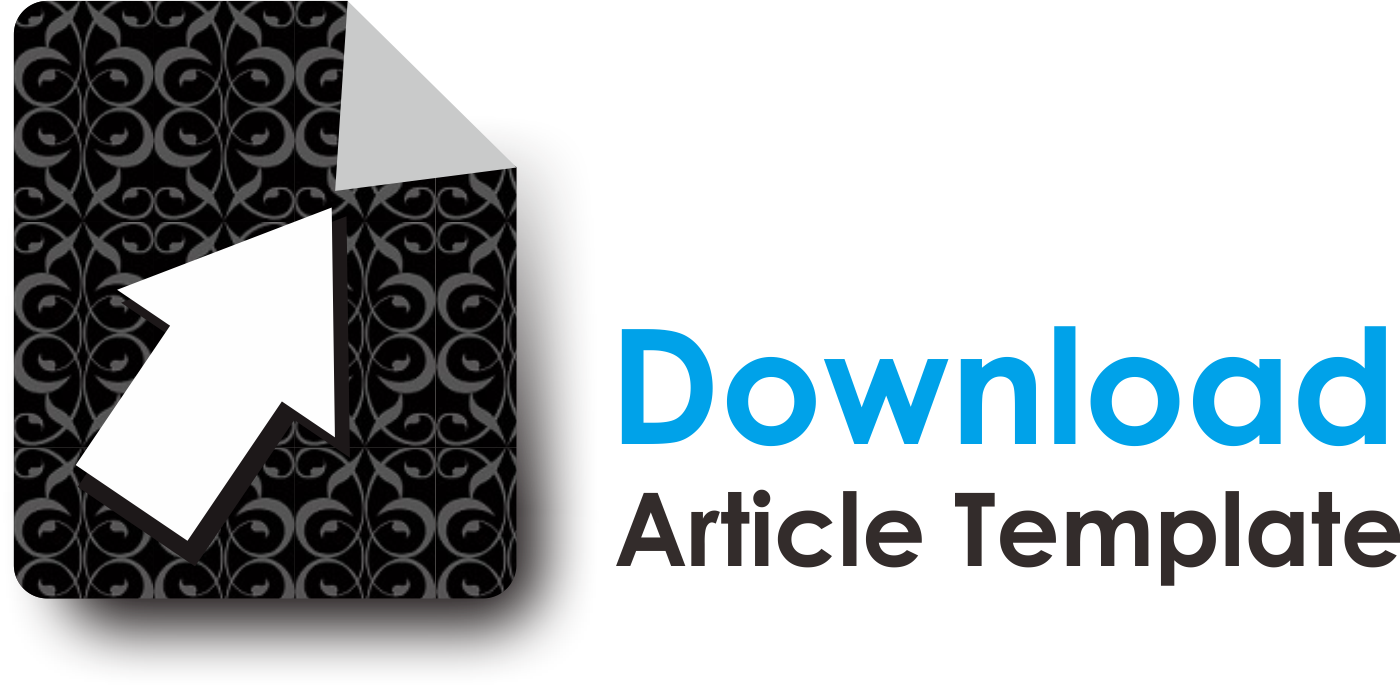Rudimental Principles of Interaction in The Holy Qur’an: Surah Al-Hujraat as Case Study
Abstract
The way in which people interact and address one another is crucial to expressing their social relationship; it encodes the relationship between interlocutors and reflects cultural values. Proper use of words in addressing a fellow or people strengthens peaceful coexistence among individuals and groups within and outside a given cultural setting. On the contrary, the unguarded use of words has been the primary cause of conflicts and disharmony around the world. The Holy Qur'an, as a divine revelation and guide from the Almighty, advocates good social relationships through speech and encourages respect for individual differences through words. At the same time, it warns against aggressive and unhealthy language. This present study examines the principles of communication and interaction contained in Surah Al-Hujraat (Qur’an, chapter 49) as a tool for a peaceful and harmonious relationship among individuals and groups. The study adopts the qualitative content analysis approach to analyze the chapter's extracted verses. The findings of the study reveal that the chapter provides some rudimental principles of interaction that promote the language of respect, and peaceful communication among individuals and groups in the society that enhance interpersonal relationships, regardless of race, color, rank, or tribe.
Cara orang berinteraksi dan menyapa satu sama lain sangat penting untuk mengekspresikan hubungan sosial mereka; itu mengkodekan hubungan antara lawan bicara dan mencerminkan nilai-nilai budaya. Penggunaan kata-kata yang tepat dalam menyapa sesama atau orang lain memperkuat koeksistensi damai di antara individu dan kelompok di dalam dan di luar lingkungan budaya tertentu. Sebaliknya, penggunaan kata-kata yang tidak dijaga telah menjadi penyebab utama konflik dan ketidakharmonisan di seluruh dunia. Al-Qur'an Suci, sebagai wahyu ilahi dan panduan dari Yang Mahakuasa, menganjurkan hubungan sosial yang baik melalui ucapan dan mendorong penghormatan terhadap perbedaan individu melalui kata-kata. Pada saat yang sama, ia memperingatkan terhadap bahasa yang agresif dan tidak sehat. Kajian ini mendalami prinsip-prinsip komunikasi dan interaksi yang terkandung dalam Surah Al-Hujraat (Al-Qur'an, bab 49) sebagai alat untuk hubungan yang damai dan harmonis antara individu dan kelompok. Penelitian ini menggunakan pendekatan analisis isi kualitatif untuk menganalisis ayat-ayat yang disarikan dari bab tersebut. Temuan penelitian mengungkapkan bahwa surah ini memberikan beberapa prinsip dasar interaksi yang mempromosikan bahasa hormat, dan komunikasi damai antara individu dan kelompok dalam masyarakat yang meningkatkan hubungan interpersonal, terlepas dari ras, warna kulit, pangkat, atau suku.
Keywords
Full Text:
PDFReferences
Abdul, M.O.A. (1980). The Holy Book of Islam, Lagos: Islamic Publications Bureau.
Achieng, L. (2016). The role of language in maintaining peace and security in Africa lessons learnt from Kenya and Rwanda (Doctoral dissertation, University of Nairobi).
Al-Uthaymeen, M. Al-Saleh. (1991). Muslim’s Belief, Translated by Maneh Hammad Al-Johani, Madinah, the Islamic University.
An-Nawawi, Yahya S. The Book of the Prohibited actions, Riyad As-Saliheen. https://sunnah.com/riyadussaliheen/18,
As-Saabuuni, M. A. Safwat At-Tafaaseer. Nasr: Dar As-Saabuuni.
Curtis, A. (2022). The New Peace Linguistics and the Role of Language in Conflict. IAP.
de Matos, F. G. (2009). Using Peaceful Language: From Principles to Practices. Peace, Literature, and Art-Volume II, 115.
Harris, I. (2004). Peace education theory. Journal of Peace Education, 1(1), 5-20. https://doi.org/10.1080/1740020032000178276
Ibrahim, I. A. (1997). A Brief Illustrated Guide to Understanding Islam, Houston: Darussalam.
Oxford, R. L. (2013). The language of Peace: Communicating to Create Harmony, Charlotte, NC, Information Age Publishing, INC.
Khalid, N. H. & Azni, A. F. (2021) Islamic – Based Art of Communication Framework. International Journal of Academic Research in Business and Social Sciences, 11(7).
Khasanah, F. (2019). The qur’anic communication ethics in social media. Epistemé: Jurnal Pengembangan Ilmu Keislaman, 14(1), 151-167.
Kuiper, M. J. (2021). Da'wa: A Global History of Islamic Missionary Thought and Practice. Edinburgh University Press.
Masri, D. (2022). Ethical Patterns of Communication in the Framework of the Qur’an: Islamic Perspective. Budapest International Research and Critical Institute Journal, 5(1), 452-460. https://doi.org/10.33258/birci.v5i1.3627
Mowlana, H. (2007). Theoretical perspectives on Islam and communication. In The global intercultural communication reader (pp. 303-316). Routledge.
Nidzom, M. F., & Pradana, A. W. (2022, February). Islamic Communication Ethics: A General Principles. Proceeding International Conference on Religion, Science and Education, 1, 743-750.
Rothman J. R. & Sanderson, S. (2018). Language and Peace: Using Global Issues in the English Language Classroom to Create a More Sustainable Dialogue, TESL Reporter, 51(2).
Saliu, H. (2020). Public Diplomacy and Related Concepts from the Perspective of Lasswell’s Communication Model. Jahr–European Journal of Bioethics, 11(2), 357-376. https://doi.org/10.21860/j.11.2.2
Shah, S. (2017). Language and its Importance to Society. https://www.sociologydiscussion.com/essay/language-and-its-importance-to-society-essay/2176, 13/06/2021.
Science Daily. Society. https://www.sciencedaily.com/terms/society.htm
Taqiyuddin, M., Yudhistira, B., & Fadillah, R. M. (2021, March). Islamic Worldview for Ethical Dimension of Islamic Communication. Proceeding International Conference on Science and Engineering, 4, 365-367.
Trask R.L. (1999). Language: The Basics, London: Routledge.
Yusoff, S. H. (2016). Western and Islamic communication model: A comparative analysis on a theory application. Al-Abqari, Journal of Islamic, Social Sciences and Humanities, 7, 7-20.
DOI: https://doi.org/10.18860/eh.v24i1.15120
Editorial Office: | Phone : +6282333435641 |



